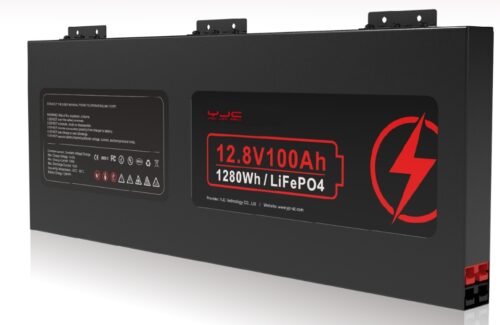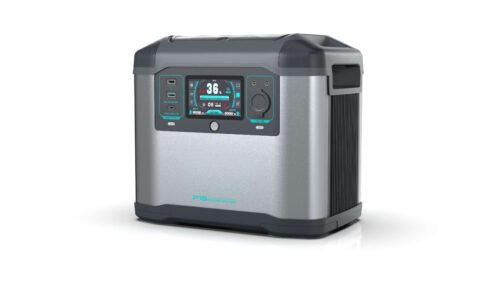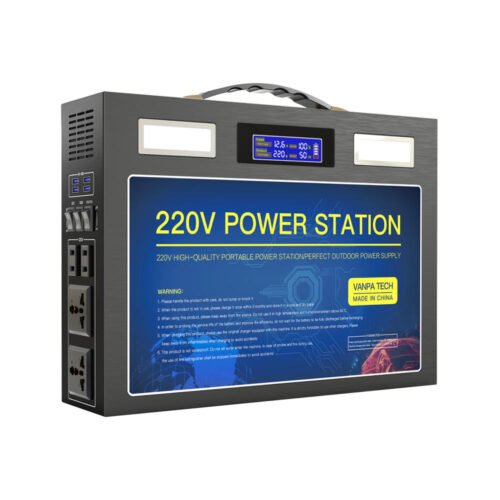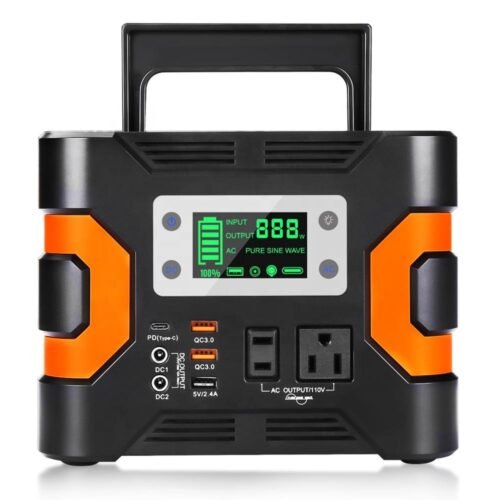How Energy Storage Systems Stabilize Grid Performance in the Era of Solar and Wind Power
With the world’s increasing focus on renewable energy sources such as solar power and wind turbines, the global energy landscape is witnessing a significant transformation. While these renewable sources offer numerous benefits, they also pose unique challenges due to their inherent intermittency. The intermittency of solar and wind power can lead to fluctuations in electricity supply, potentially causing instability in the electrical grid. To address this issue, energy storage systems (ESS) have emerged as crucial tools to stabilize grid performance.
As the below image shows, PV power starts yielding power during the day while output is nothing when the load reaches the peak. So it is a huge energy deficit between the demand and the supply.

The Challenge of Grid Instability ( We call it Intermittency)
How to bridge the gap? The solution is an Energy Storage System (ESS) which is capable of storing the power during the power is abundant and at a lower cost, and discharging the power when the load is at peak and at a very high cost.
The Role of Energy Storage Systems
There are two aspects when considering the key factors to invest in ESS:
1. For Personal and Household Units, the only purpose is to supply the interruptable power supply while making the monthly electric bill low.
2. For the commercial and large-scale implementation, there are more to consider as follows:
Stabilizing the Grid Performance
- Frequency Regulation: One of the essential parameters for grid stability is frequency regulation. The frequency of an electrical grid is maintained at a constant value (e.g., 50 Hz or 60 Hz) to ensure synchronous operation of all connected devices. Energy storage systems can respond rapidly to grid frequency fluctuations, either injecting or absorbing power as needed, thereby helping to keep the grid’s frequency within the acceptable range.
- Voltage Support: Voltage fluctuations can also be a significant concern in grids with high renewable energy penetration. Energy storage systems can provide reactive power support, helping to maintain voltage levels within acceptable limits. This voltage stability ensures that electrical devices connected to the grid operate efficiently and without damage.
- Peak Load Management: Energy storage systems can help manage peak electricity demand effectively. During periods of high electricity demand, ESS can discharge stored energy, reducing the strain on conventional power plants and preventing grid congestion. This not only stabilizes the grid but also reduces the reliance on fossil fuel-based power generation during peak hours.
- Grid Balancing: Integrating energy storage with renewable energy sources allows grid operators to balance the supply-demand dynamics more efficiently. During times of excess renewable energy generation, surplus energy is stored, and during low generation periods, the stored energy can be utilized, ensuring a steady and reliable power supply.

If you are interested in what factors to consider when investing in a BESS system, you can refer this post:




